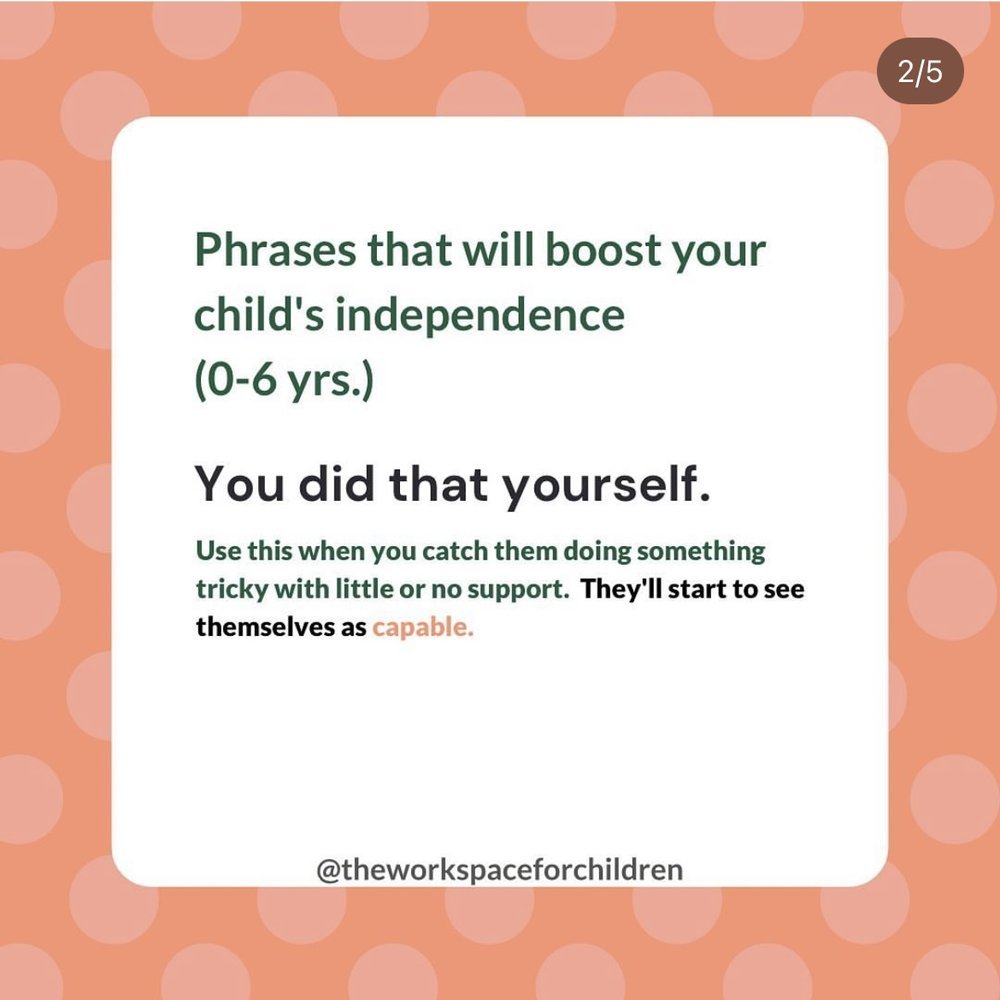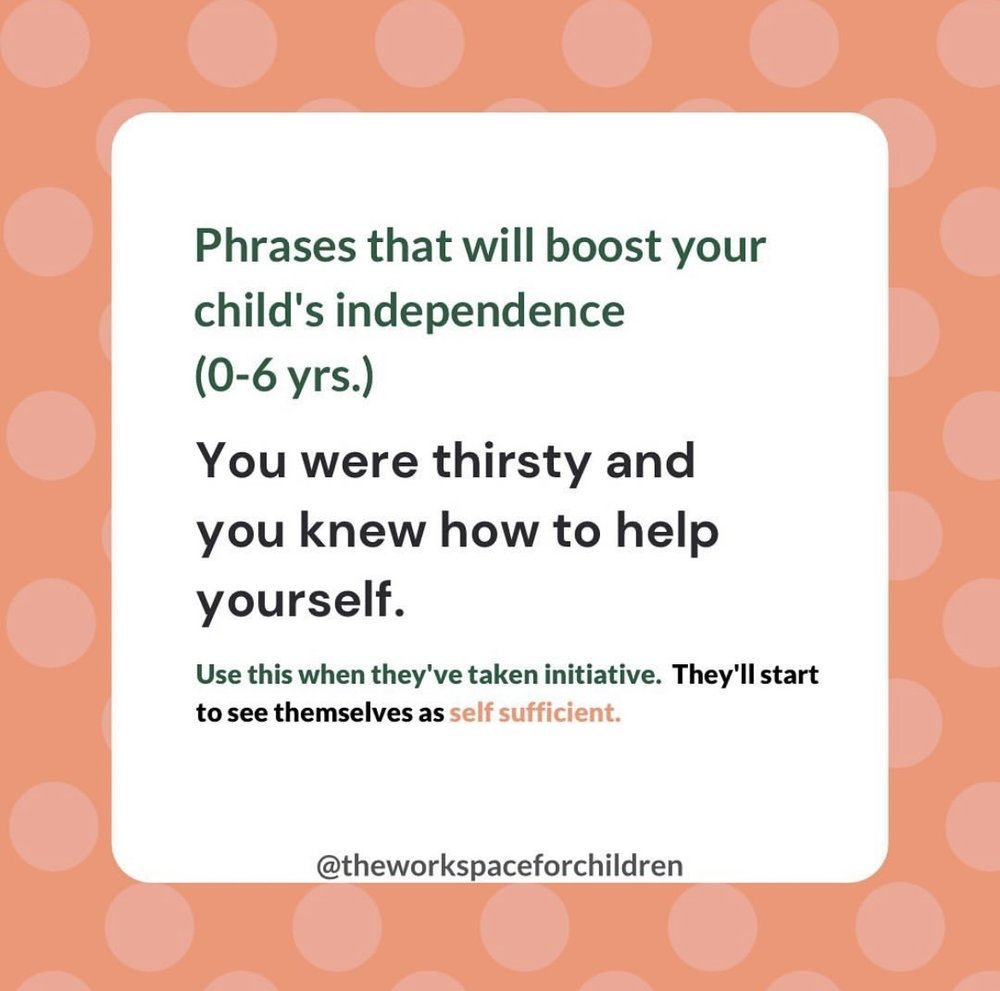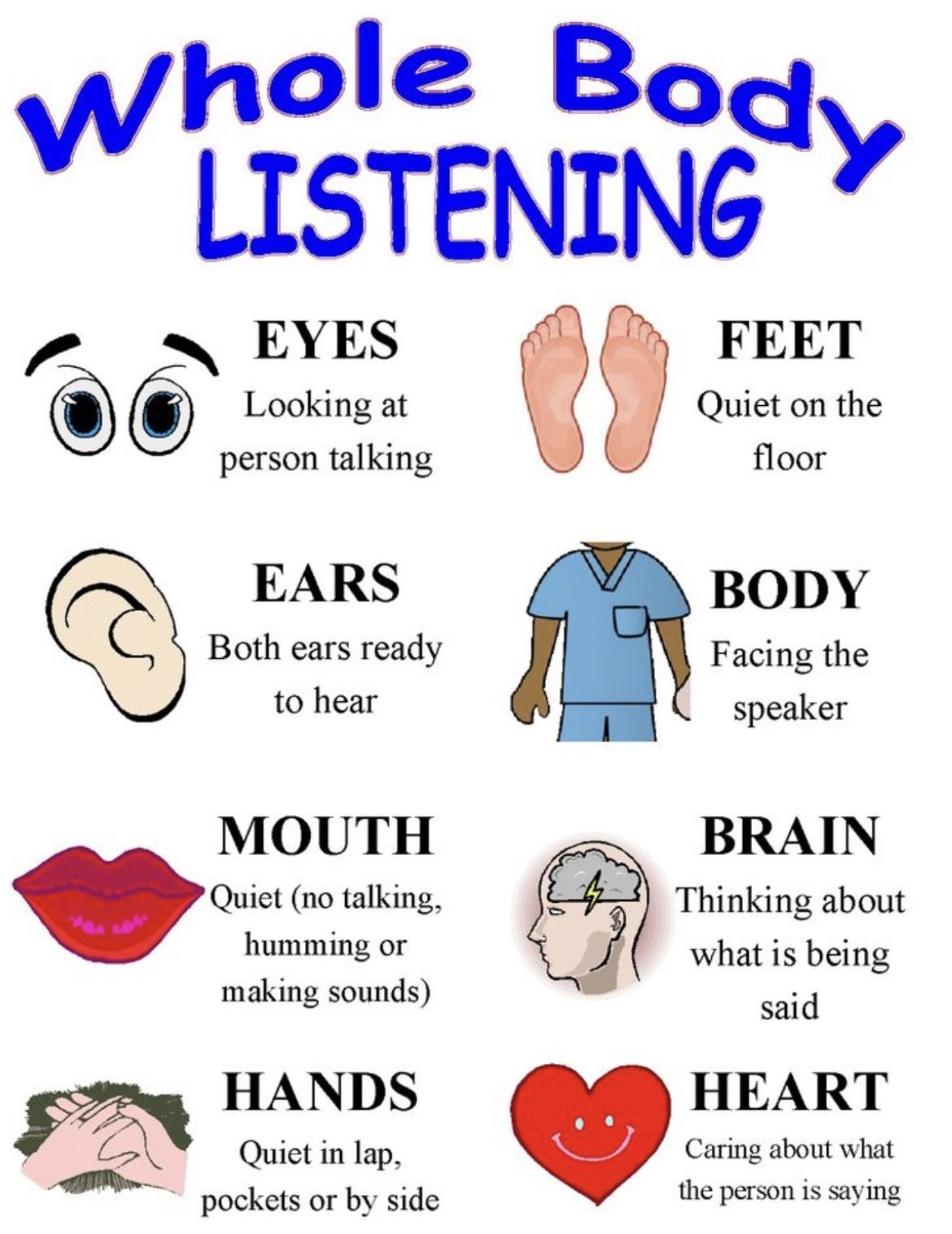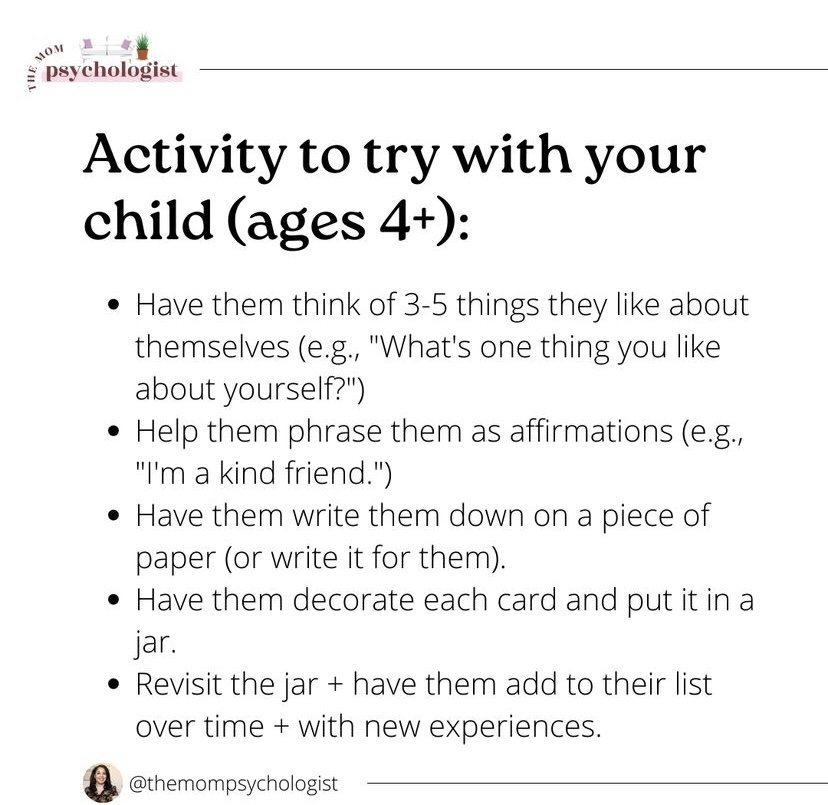By Joyce Sylvester, PM Teacher
Has your child ever given you some art, and you thought, “Isn’t this exactly like the art you gave me yesterday?” Do they ask to hear a story again as soon as you have finished reading it? Have they only wanted to watch one movie every weekend for the last 6 months. Don’t fret! Not only is this normal, it a crucial part of child development. Repetition is valuable because each time they experience something the knowledge becomes more secure, which allows them to feel more self-confident.
As adults, it seems only natural to seek novel stimuli and new experiences. It is difficult to remember back to a time when most experiences were novel. As children, with so little lived experience to draw from, each day is already full of new experiences. Maybe the ride to school was a little different because you saw a garbage truck on the way or you took a different route and made a stop at someplace you had never been and there was some kind of dog that you had never seen. These things that may seem mundane to those with many years of experience navigating the world are so novel that there is comfort in routines and things that are predictable, like the story that must be reread as soon as the first reading is concluded.
There is so much learning that is happening through repetition, because repetition is practice. Just as you would hope that an older child would be dedicated to practicing piano or gymnastics, your young child’s millionth rainbow painting should be appreciated for the work and dedication that they are giving to that particular subject. They practiced on a new piece of paper with a body that grew ever so slightly since yesterday. They tried something familiar, but still needed to be recalled. What color comes after yellow? Will this turn out the same as the last time? Can I do it again? This practice builds the experience that they don’t yet have. Perhaps they are learning that one type of paper is better for painting on, or that the colors are more vibrant with some paints. Repetition for children can be something like controlling an experiment. When the subject matter is the same, but we approach it with new or different materials, we gain the experience that the difference offers. We learn about the world around us and varying materials we have at our disposal. Here is a small list of things that can only be mastered through repetition.
Vocabulary building
Reading
Making marks and starting to write
Coordination and fine motor skills
You would never want to see a play where the lead was reading the play for the first time. Nor would you expect to see a singer who had never heard the piece of music they were about to perform. When it comes to children and repetition, trust the process. When you read a book for the umpteenth time, remember that your child is practicing listening. They are practicing committing things to memory. They are practicing noticing and asking and understanding. Practice is it’s own reward. Children thrive in the land of repetition.








